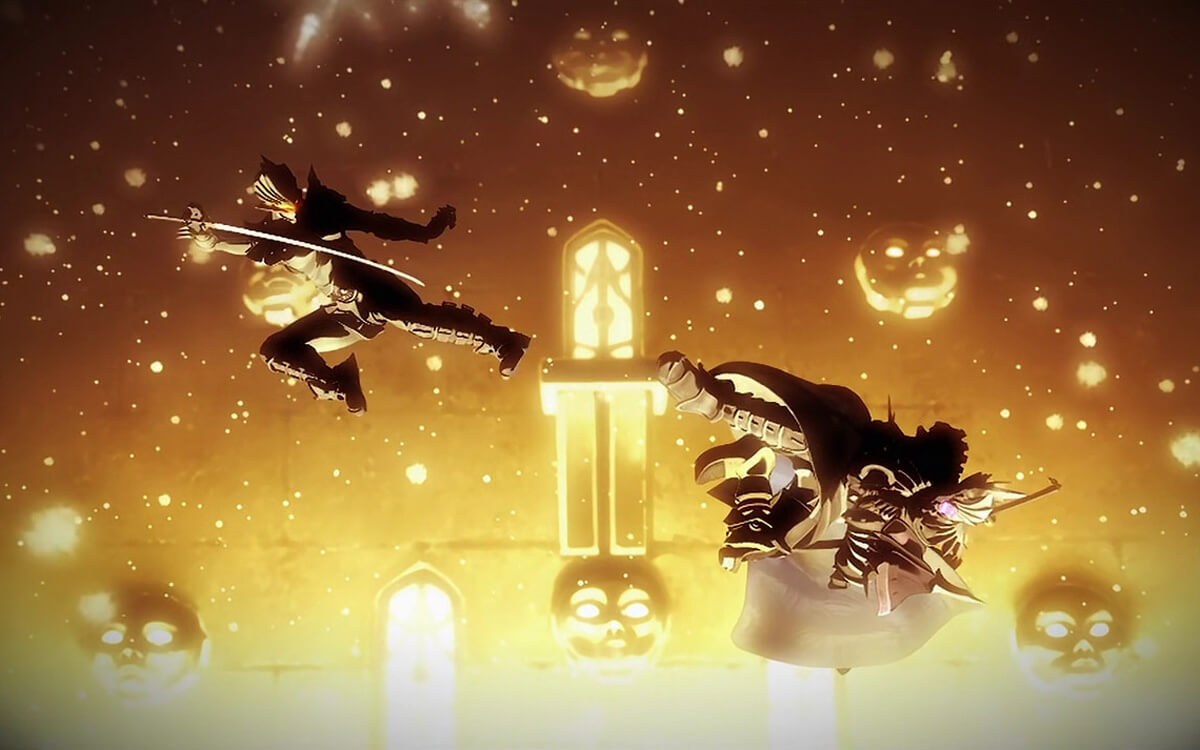Karas: The Prophecy by Keiichi Sato (Review)

Watching Karas: The Prophecy, it’s tempting to describe it as practically every single anime cliche condensed and distilled into its purest form so as to be piped directly into the viewer’s nervous system in as undiluted a manner as possible.
Seriously, this thing has it all: over-the-top action sequences, ultra-stylish mecha, bizarre enemies with grotesque powers and abilities, vehicular combat that behaves as if the laws of physics don’t apply to them, and a definite emphasis on style over substance. So much so, it’s like style took substance out behind the woodshed, beat it to a bloody pulp, and dragged it behind the car on the way back home.
(As for the list of anime cliches, all that Karas is missing are some well-endowed schoolgirls with big guns, and some tentacles. However, there are still two more episodes left.)
Now about that plot… if you read the blurb on the back of the DVD case, that’s about all you need in order to figure out everything that transpires in the 80 minutes or so. There’s the “real” world, which us humans live in, and the “spirit” world, which us humans are completely blind to (natch). That, or humans treat it as something gimmicky and whimsical. A balance exists between these two worlds, but as these things tend to go, a recent rash of supernatural crimes in the Shinjuku area of Tokyo threatens to undo that balance.
Standing in the way of those supernatural forces bent on destroying humanity is Karas, a supernatural guardian — which basically means he gets to wear really cool-looking armor, wield a sweet-ass katana, and fly around a lot, kicking the crap out of everything. Unfortunately, the current Karas has been slaughtered by the time the opening credits are finished, killed by a man named Eko, himself a former Karas.
However, Eko has become disgusted with humanity’s excess, and so pledges to free the planet from humanity’s scourge with the aid of the Mikuna, demons that have been augmented with superior technology. (Whoops, forgot to include that cliche in the list above.)
The new Karas is a young man named Otoha. He has no recollection of his past, and his only guide is Yurine, the enigmatic young girl who summons Karas to battle the Mikuna. Other characters include Nue, a spirit who has taken on human form, and who kills his fellow spirits in the Mikuna with the aid of huge guns that he pulls out of nowhere, and detectives Sagisaka and Kure, a “Mulder and Scully” duo (respectively) who make up the “Intervention” department, a police department that investigates “special” cases.
All of this information, however — the characters and their backgrounds and circumstances, the various plot machinations — are absolutely sacrificed on the altar that is Karas’ visual style. Make no mistake, Karas looks fantastic, with a seamless blend of traditional cel animation and computer graphics. The opening fight scene between Eko and the soon-to-be-slaughtered Karas is quite stunning, as is Otoha’s first battle with a souped up demon wrestler.
When the action stops long enough for you to figure out what’s going on, that is.
Just as the plot and characters take a back-seat to Karas’ visuals and style, the visuals and style apparently take a back set to the editing. Because as flashy as the sights are, the editing, especially in the action scenes is so fast-paced, so hyper-kinetic, you’re liable to be shaking like a four-year-old on Ritalin by the time you reach the halfway point. While it can be exciting at times, it’s far too much, and as a result, the otherwise exhilarating action is completely obscured by one abrupt cut after another, or it just becomes downright ridiculous.
And this even leaks into the dramatic scenes, the scenes that should be furthering the plot, such as it is. But the viewer is pushed from one scene to another, and quite abruptly, resulting in a needlessly cryptic show that feigns mystery in order to get to the next blistering action sequence. And when you add to that a mood that is so downbeat and serious it’s almost stifling — there’s only one or two characters who don’t communicate via glowering and stony or blank expressions — it smacks of an attempt to make Karas more metaphysical, more surreal, more otherworldly, and more atmospheric than it really needs to be.
The basic premise of Karas is as simple as it gets — a guy in a sweet suit of armor goes around, killing demons with equally sweet sword skills. Oh, and some laser beams. And did I mention that he also transforms into a jet, a car, and a motorcycle? Let’s face it, there is no real substance or depth to Karas aside from its over-abundant style, and the obtuse editing and heavy-handed moodiness just gets in the way of that rather than accentuating it.
I have no problem with a title that is purely style over substance — there’s actually an odd sort of artistic purity in that approach. I just wish the creators had left it at that, rather than try to make Karas into something more than it is.